
Do you want to climb Mount Kilimanjaro?
Every year, over 30,000 people just like you come to Tanzania to scale the world’s tallest free-standing mountain and Africa’s highest peak. Climbing Kilimanjaro does not require any technical skills or special equipment, just some physical fitness, determination, and the best tour company to help you along the way.
That’s where we come in.
WHY CLIMB WITH ULTIMATE KILIMANJARO®?
For over 18 years, we have provided the highest quality Kilimanjaro climbs at a reasonable cost.
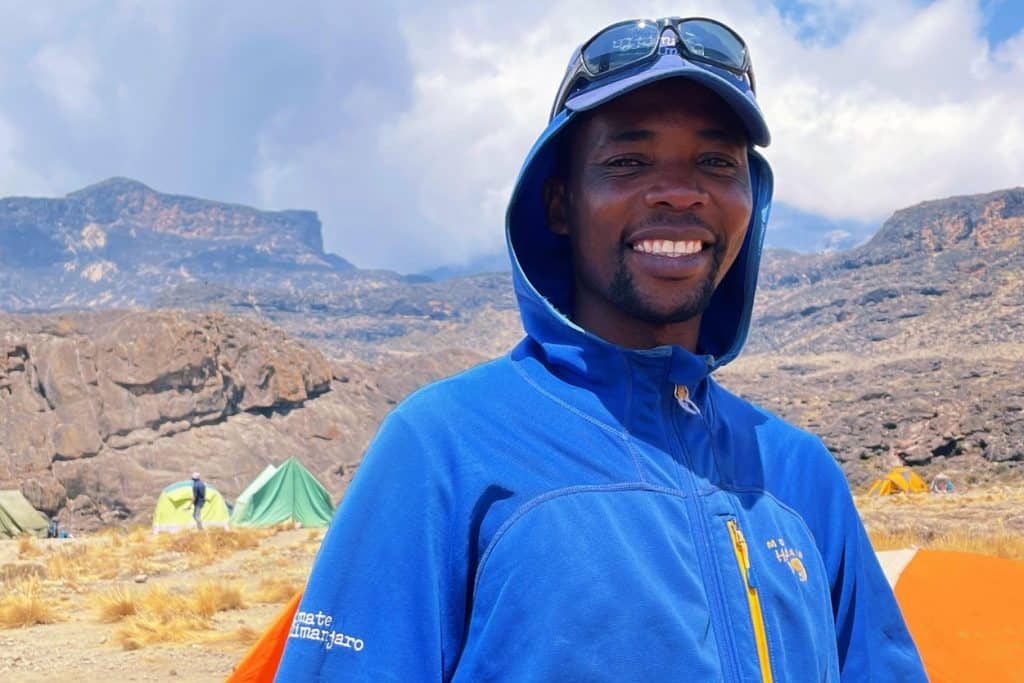
EXPERT GUIDES
- Hand selected, licensed local guides
- Decades of climbing experience
- Certified Wilderness First Responders
- Over 15,000 clients led to the summit
- Top performers in the industry
HIGH QUALITY STANDARDS
- Rugged, 4-season Mountain Hardwear tents
- Warm Mountain Hardwear sleeping bags
- Hot meals from fresh, local ingredients
- Clean water treated with WaterGuard
- Private toilet tent on all climbs


SAFETY FOCUSED
- Trained in first aid & mountain rescue
- Health checks performed twice per day
- Monitor oxygen saturation & heart rate
- Emergency oxygen included on all climbs
- Helicopter evacuation
HAPPY CUSTOMERS
- 89 year old Guinness World Record holder
- Celebrities, television hosts & producers
- US Senator, US Ambassador & Lt. Governor
- Filmmakers, authors & journalists
- Disabled veteran (with two prosthetic legs)
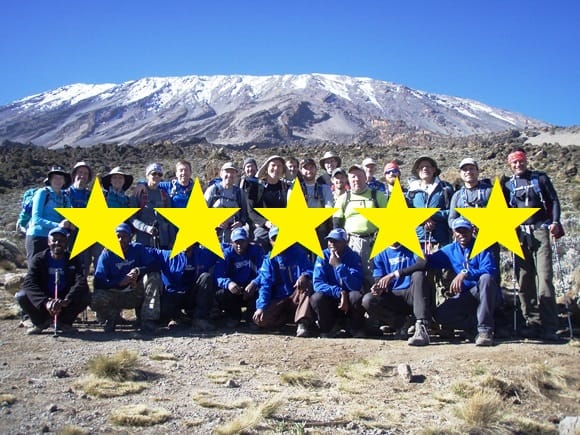

HIGHLY REGARDED
- U.S. and foreign newspapers
- International magazines
- Best selling books
- Award winning films
- and more…
wHAT’S IT LIKE TO CLIMB KILIMANJARO?
Whether you’re a complete beginner or an experienced mountaineer, our team be there every step of the way to help you along. We provide everything you need to succeed. Watch the video below to see how we guide clients on the Roof of Africa.
we have a reputation for excellence
Ultimate Kilimanjaro® is one of the largest and most reputable tour operators on Mount Kilimanjaro.
Due to our hard working, dedicated team, we have gained a reputation for excellence in the field among our peers and our clients. We are an authoritative expert in the industry.
Every year, we lead over 150 climbs and guide more than 1,000 people. Our clients have included celebrities, film makers, senators, ambassadors, authors, and journalists. We have successfully guided the world record holder for the oldest person (an 89 year old woman), a disabled war veteran (with two prosthetic legs), and a United States Senator to the summit.
All agree, you won’t find a better Kilimanjaro outfitter.
Our expert guides, high quality standards, and focus on safety have made us the top choice for thousands of customers from all over the world. In short, we know what it takes to get you to the summit – in an safe, fun, and affordable way.
Thousands of people have stood on the summit with us. Won’t you join us on the Roof of Africa?

OUR MOST FAMOUS CLIMBS
HOW TO CLIMB KILIMANJARO
1. How do I choose a good Kilimanjaro tour operator?
There are hundreds of companies who service the mountain, but only a handful can be considered reputable. Look for an established company with experienced and competent guides who practice high safety standards. Look for a tour operator that has proven expertise, successfully serving a wide range of clients spanning many years. Ultimate Kilimanjaro® has guided more than 15,000 clients to the summit since we began more than 18 years ago. We are the Kilimanjaro specialists. And we’re still going strong. read more>>
2. How much does it cost to climb Kilimanjaro?
Do not select a company strictly based on price! Price should be only one component in your overall decision. Prices vary significantly between operators, however high prices and low prices should both be viewed with caution. Ultimate Kilimanjaro® offers high quality climbs at reasonable rates. At our price levels, we can satisfy all park fees, pay real wages to staff, supply good food and equipment, while still providing great service to our clients, equal or better than climbs costing much more. read more>>
3. When is the best time to climb?
The best months tend to be the warmest and driest months – January, February, and September. June, July, August and October are also good months. However, temperatures and weather are unpredictable, and can change drastically based on the time of day and altitude. For most people, it’s best to avoid the long rainy season, from the end of March to early June, and the short rainy season, from November through the beginning of December. read more>>
4. Which is the best route for climbing Kilimanjaro?
Each route has different characteristics that may or may not appeal to you. Consider the difficulty, scenery and crowds when you select your route. Other factors that should be considered are your age, fitness level, medical conditions, backpacking and hiking experience, experience at high altitude, degree of motivation, and any other special considerations. Ultimate Kilimanjaro® recommends the Northern Circuit, Lemosho, Machame and Rongai routes. Which is best depends on your specific situation. read more>>
5. How long does it take?
The more days that you spend on the mountain, the higher your chances of reaching the summit. Statistics show that each additional day you spend acclimatizing increases your probability of success. Therefore we strongly recommend that you do not book the minimum number of days. Odds are you will experience altitude sickness, won’t enjoy your hike, and won’t reach the top. Seven or more days is highly recommended for a safe and successful climb. Our 8 and 9 day routes are the most popular. read more>>
6. What is the weather like on Kilimanjaro?
Mount Kilimanjaro does not experience wide temperature changes from season to season. Instead, the temperatures are determined more so by the altitude and time of day. The trek from base to summit crosses several distinct climate zones, each with different temperatures, humidity, and precipitation levels. On the lower slopes, the average temperature is around 70 to 80F (21 to 27C) and decreases as you gain elevation. At the top, night time temperatures can range between 20 to -20F (-7 to -29C). read more>>
7. What gear do I need?
You are responsible for bringing personal gear and equipment while communal equipment (tents, food, cooking items, etc.) is provided. Our comprehensive gear list contains everything you need to tackle the mountain’s varied terrain and weather. It includes technical clothing such as a waterproof jacket, insulated jacket and base layers as well as equipment such as a backpack and sleeping bag. Note that you will only carry a small daypack with you while you hike between camps. The remainder of your gear is transported by our support crew. No need to carry heavy packs! read more>>
8. How do I train to climb Kilimanjaro?
It is very hard to gauge the mental and physical strength needed for tackling the peak. If you’ve spoken to those who have successfully or unsuccessfully climbed it, you’d get a wide range of accounts. The truth is, like any other activity, some people excel at it and some people struggle. We recommend a minimum of two months of physical training – more if you are out of shape, less if you are already an avid hiker. The best exercise is doing day hikes for four to six hours, with moderate elevation changes (~1,500 ft), while carrying a 20 lb. pack. Endurance is key, so focus on long sessions at a slow pace. read more>>
9. Is climbing Kilimanjaro dangerous?
Ultimate Kilimanjaro® has robust safety systems in place to minimize the dangers of high altitude trekking. Our guides are certified Wilderness First Responders. We perform health checks twice per day to monitor oxygen saturation levels and pulse rate. Additionally the Lake Louise Scoring System helps us determine whether climbers have altitude sickness and if so, its severity. Bottled oxygen is carried on every climb as a precaution and added safety measure. We can even initiate helicopter rescue if necessary. Your health and well being is our first priority and we take that responsibility very seriously. read more>>
10. Why are some company’s prices so low?
There is a fair share of budget tour operators who offer cheap climbs. These poorly run companies use low prices as their only way to attract clients. There is simply no way for these tour operators to provide satisfactory services without skimping on necessary expenditures that affect the quality of your climb. For starters, they have low level guides (top guides don’t work for budget companies), questionable equipment, and serve nutrient deficient meals. Furthermore, they engage in appalling practices such as paying paltry wages, underfeeding staff, and forcing porters to carry loads greater than the weight limit. Never climb with a budget operator. read more>>
LATEST videos

LATEST BLOG POSTS
- Sandy Irvine on Mount Everest (Who Was He & How Did He Die?)
- Types of Volcanoes: Characteristics & Examples (Photos)
- Is Kilimanjaro Evil? Home of Dieties, Spirits & Guardians
- Ol Doinyo Lengai: Everything You Need to Know
- Hill vs. Mountain: What’s the Difference?
- The 15 Biggest Spiders in the World (Photos)
- The Lions That Ate 135 People (Man-Eaters of Tsavo)
- The 5 Main Types of Mountains























































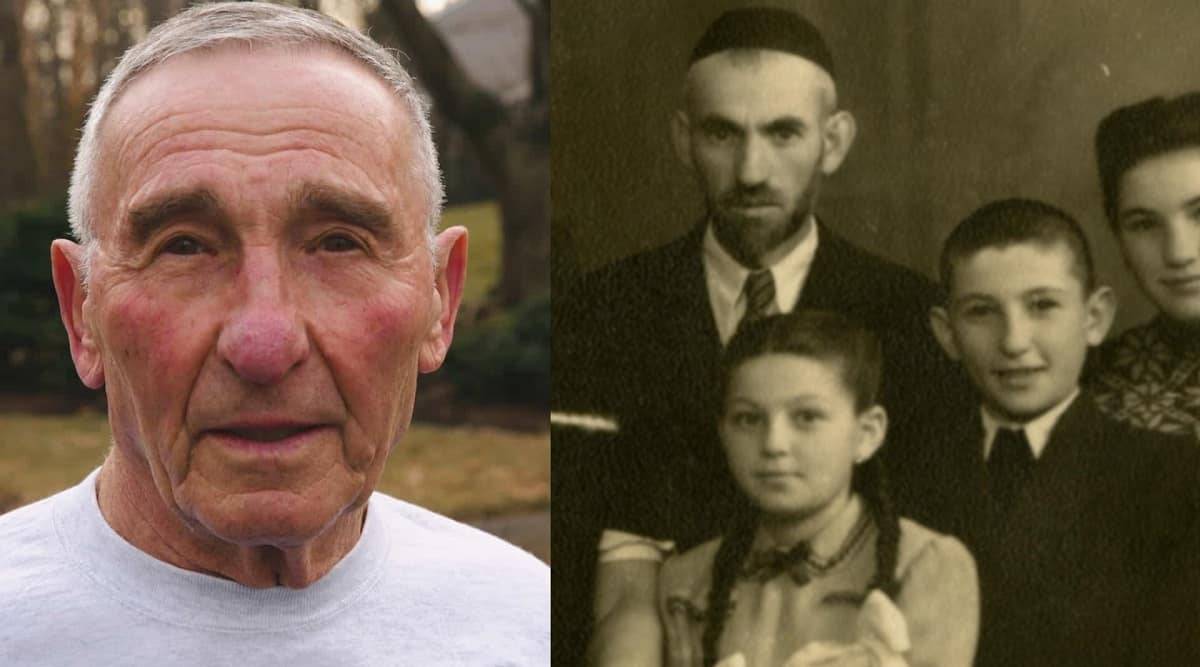

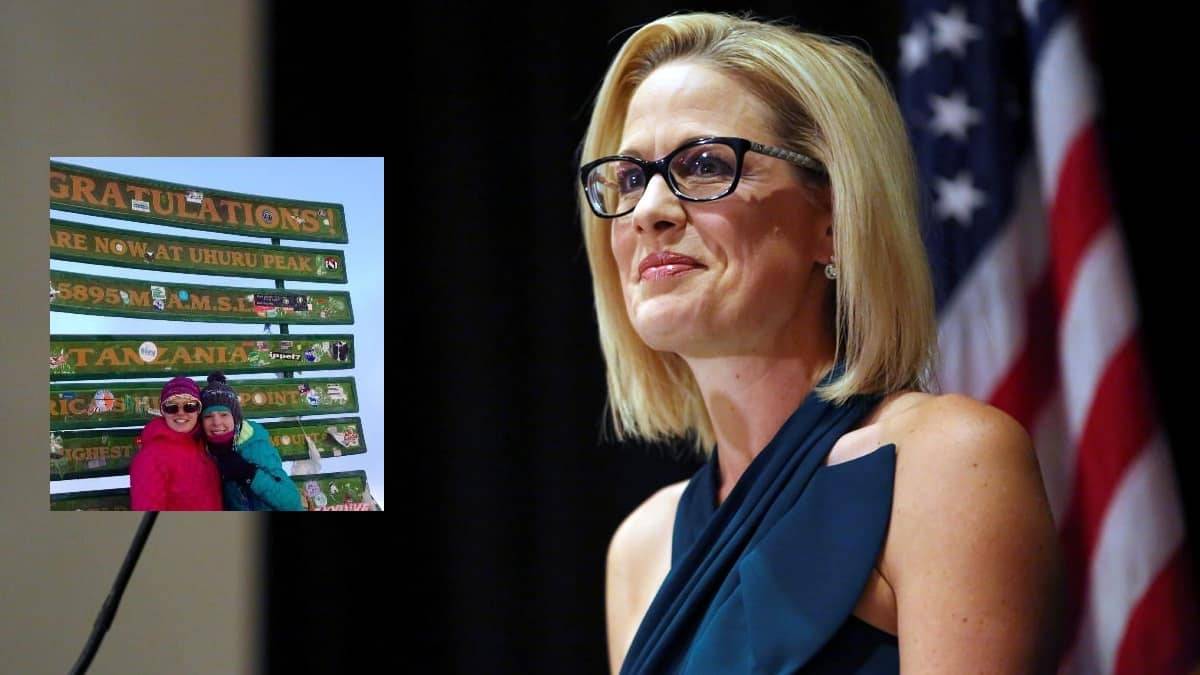

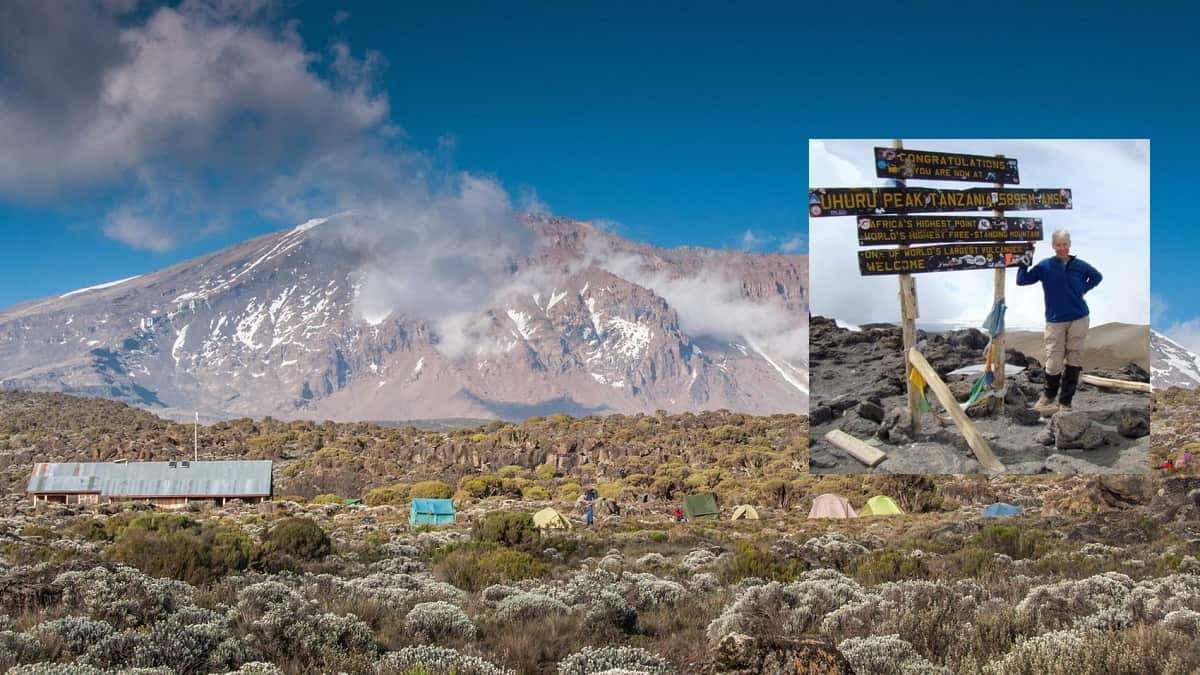
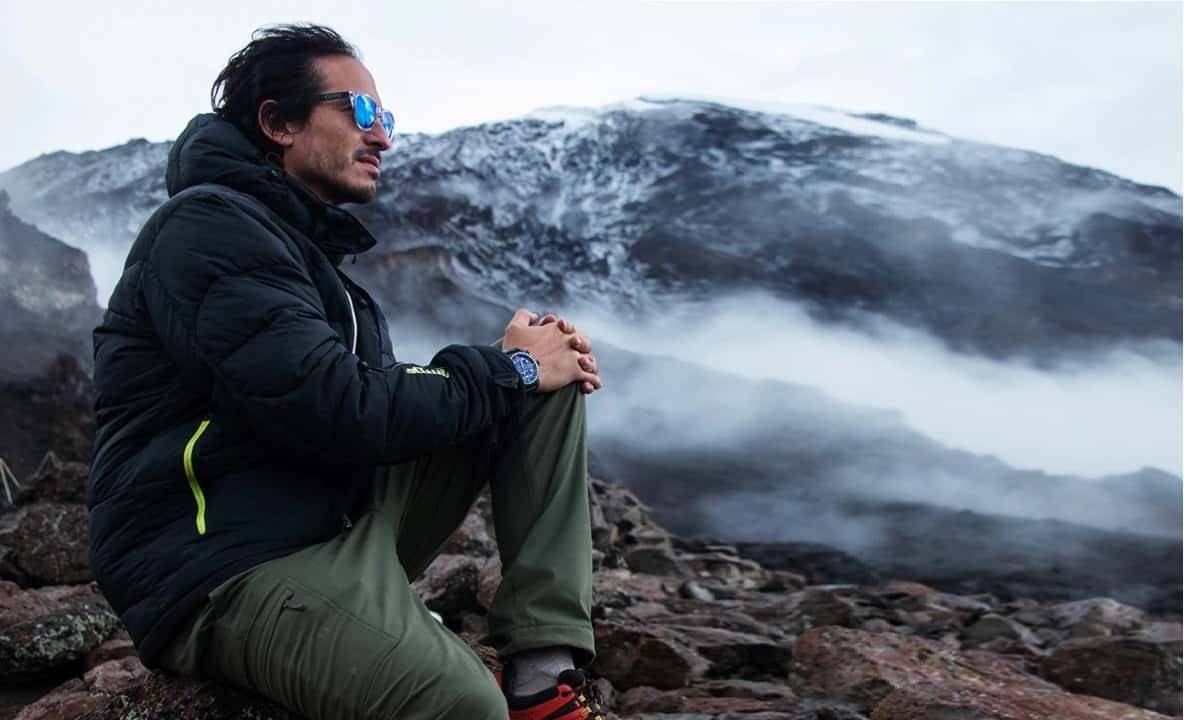
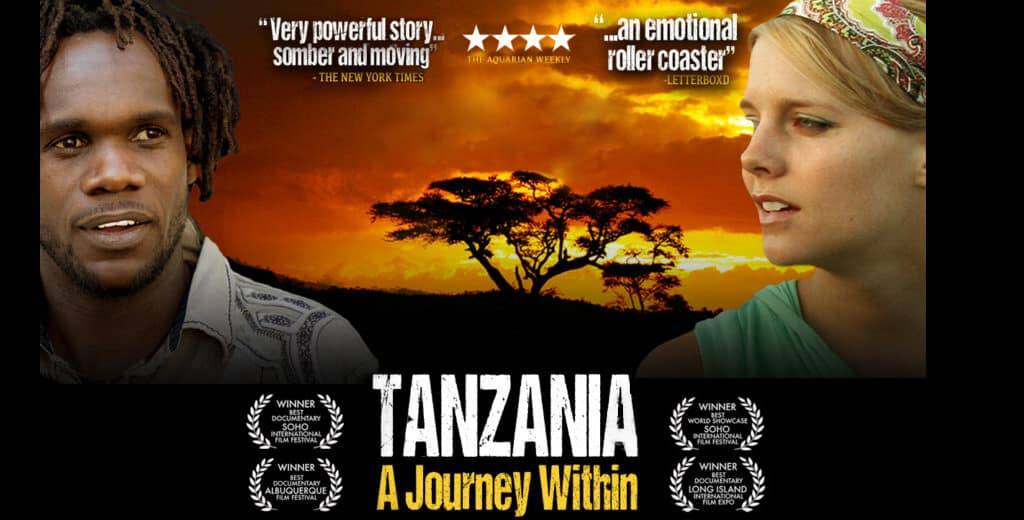
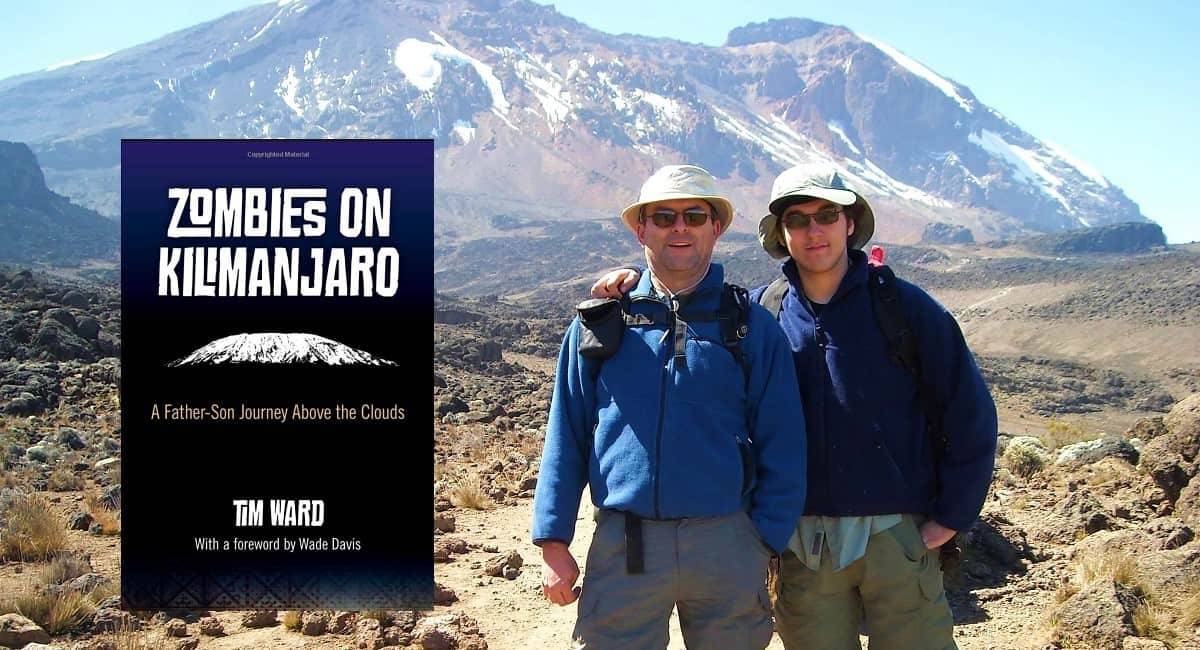
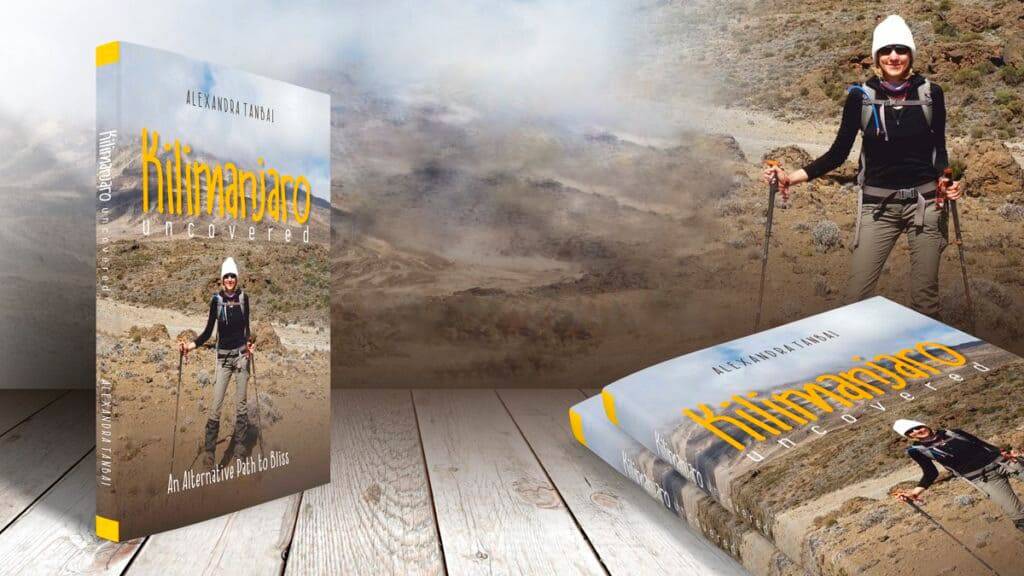
 Subscribe to channel
Subscribe to channel






